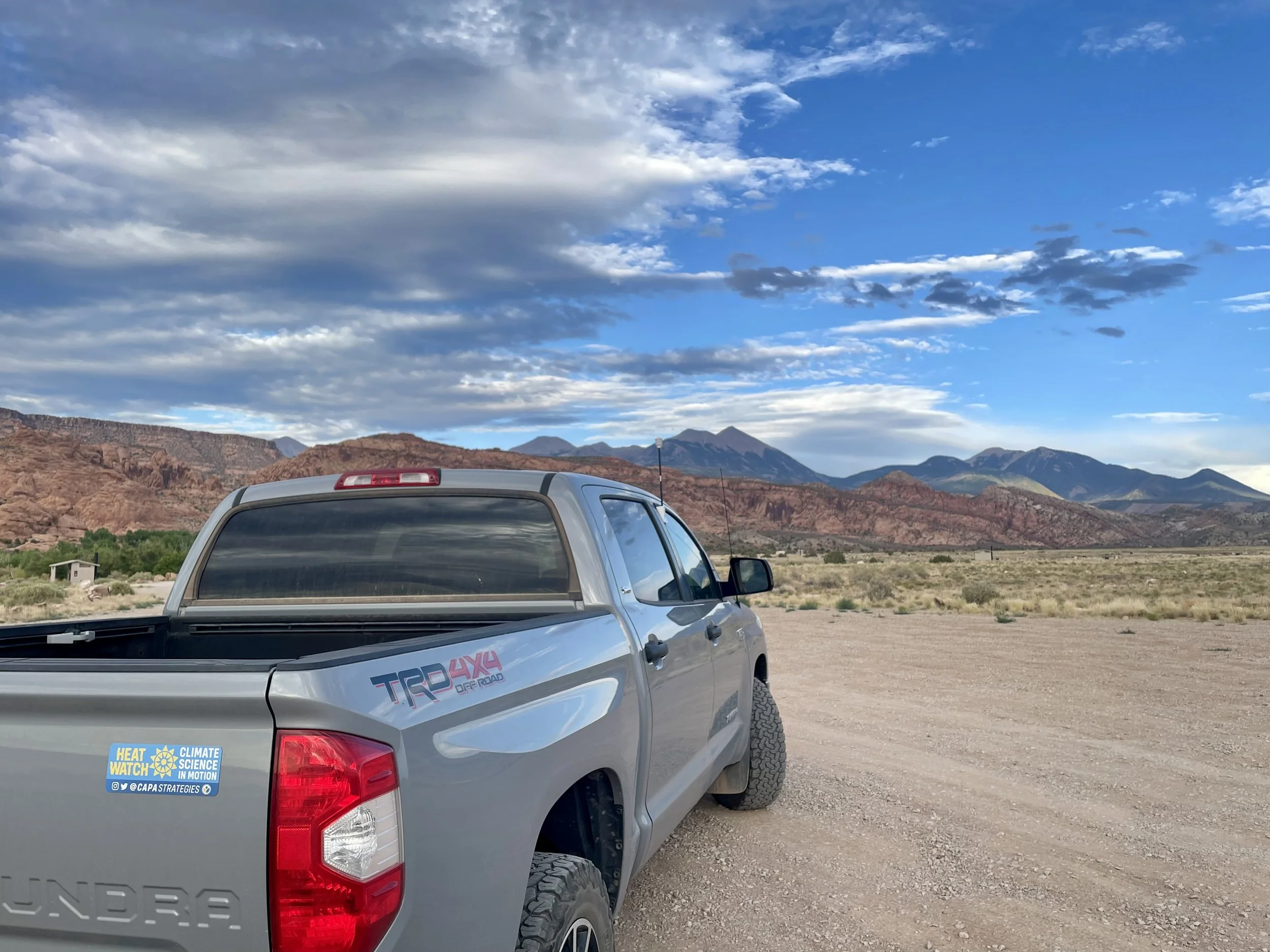Our Partners
Groundwork Bridgeport and PT Partners are working together to conduct a stationary monitoring study focused on the West End/West Side neighborhood of Bridgeport, Connecticut. CCHM has provided guidance and best practices on how to engage volunteers as “stewards” of long-term monitors, as well as co-development of a community heat survey.
This summer, The Center for Native Health and NCICS worked closely with the Museum of Life and Science to conduct an indoor monitoring campaign focused on the impacts of indoor heat on manufactured housing and the impact of temperature inversions. The campaign expanded on existing outdoor air quality monitoring data and connected youth with elders.
Vibrant Hawai’i collaborated with Hawai’i County to design a stationary, long-term monitoring project that leveraged a network of community resilience hubs. The Museum of Life and Science assisted with training and technical support. The project will help communities understand how heat is changing daily life on the Big Island.
Hollygrove-Dixon Neighborhood Association and New Orleans Green Infrastructure Collective worked with CAPA Strategies to design a Heat Watch campaign that would expand and update a 2020 heat map for New Orleans to include updated methodologies and an adjusted map area. The data will be used to inform future advocacy on urban tree planting and nature-based solutions in New Orleans.
By bringing together staff from the Erie County Sustainability Office, faculty from the University at Buffalo, and the Delavan-Grider Community Center, the Erie County campaign was able to recruit volunteers, leverage Sustainability Office interns and resources, and draw on the expertise of academic faculty with experience in community-engaged research.
Building on their previous informational campaign, “Stay Cool Missoula,” staff from Missoula County, City of Missoula, and Climate Smart Missoula conducted the first-ever Heat Watch campaign in Montana in August 2025.
Caribbean Regenerative Community Development Corporation (CRCD) led a highly participatory, community-led, and engaging Heat Watch campaign in southwestern Puerto Rico. By combining heat mapping data with mobile and stationary air quality data, the CRCD team hopes to inform future tree planting campaigns.
The Works, Inc. collaborated with staff from the City of Memphis and Shelby County and faculty from the University of Memphis to conduct a Heat Watch campaign to study extreme heat in Memphis in 2025. One goal of this campaign is to better understand how heat may contribute to extreme differences in life expectancy in different parts of Memphis.
Heat data collection in Moab will help organizers better understand how extreme heat and air quality are affecting Moab residents and how city officials can better prepare the thousands of visitors who enjoy Moab’s public lands each year for the heat.
The CCHM is working with WE ACT to co-develop a community-based research design for an indoor campaign in New York City, where tenants often struggle to access effective and affordable cooling in high-rise apartments during summer heatwaves. The project will resume in spring 2026.
Yuma County Library District is working with Arizona Science Center and local Arizona partners to develop a stationary heat campaign for winter 2025 or early 2026. Over the summer, the library district developed educational materials and provided cooldown kits to library patrons for hot days.

A Note About Our 2025 Citizen Science Campaigns
In early 2025, the Center for Collaborative Heat Monitoring (CCHM) was proud to select eleven partners to collect data on local heat patterns during the 2025 heat season from a nationally competitive pool of applications. When the Center received notice of termination of federal funding for the NIHHIS Centers of Excellence later that spring, our first concern was for the future of the ambitious projects we had co-developed in conversation with these new partners.
We were humbled and honored to find that our partners shared our commitment to the importance of the work and expressed a desire to continue collaborating with us. We worked with each partner on a case-by-case basis to identify strategies to continue our work through the 2025 heat season, which included seeking alternative sources of funding, in-kind contributions, and changes in scope, scale, and timing of campaigns. While the loss of federal funding prevented us from fully realizing our original goals for these 2025 campaigns in many ways, we are honored to have had the opportunity to build relationships with these community partners and to have accomplished so much together. We look forward to the next steps in sharing out data from these campaigns and continuing to work on the shared challenge of understanding the local impacts of extreme heat.










